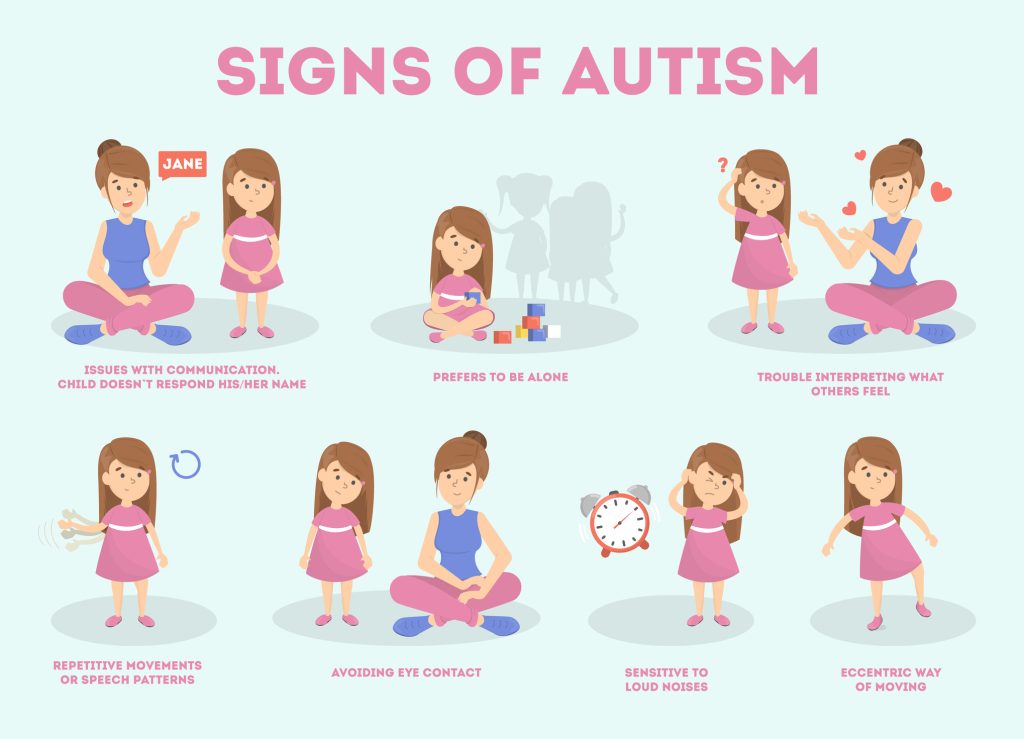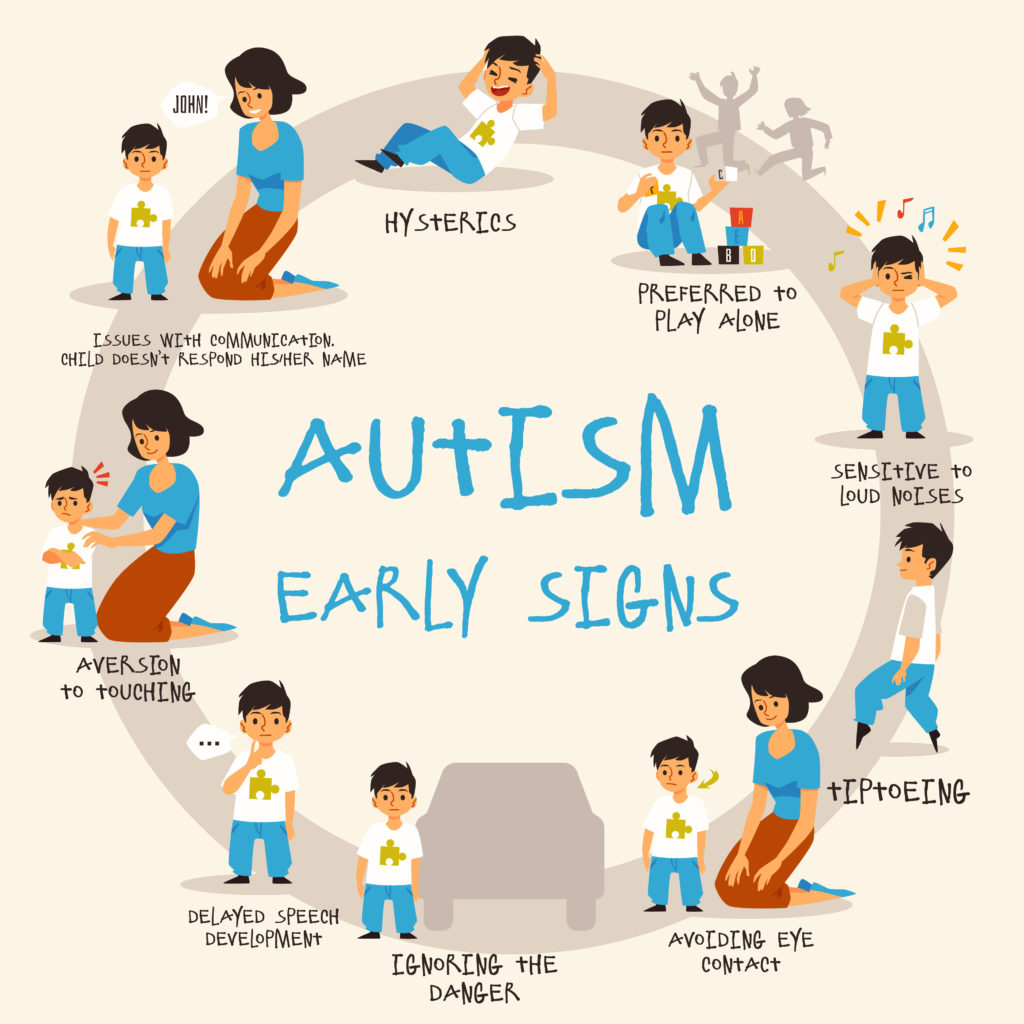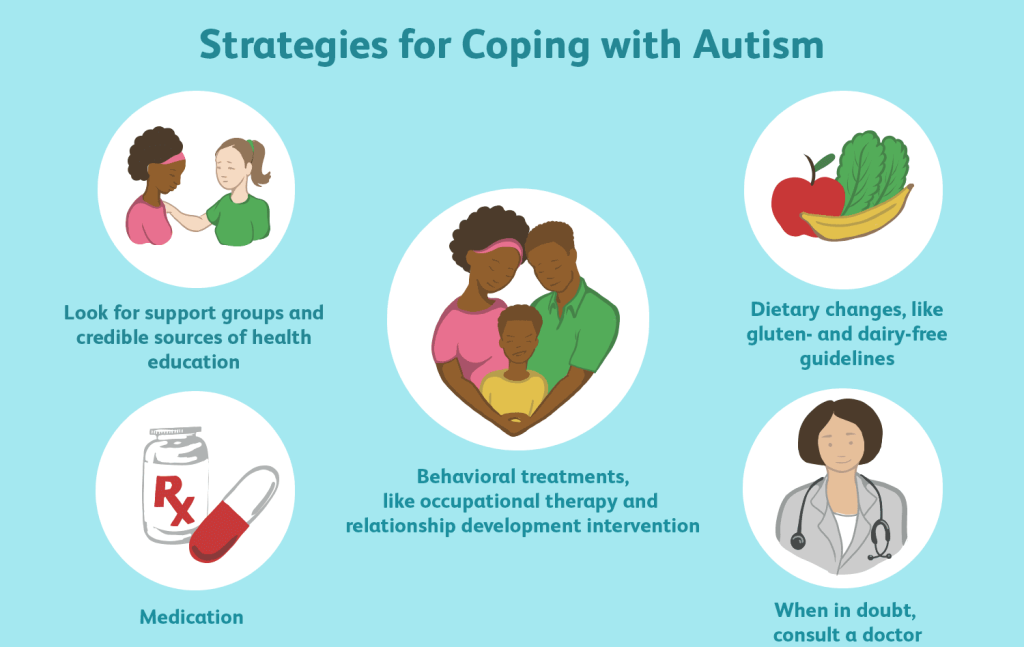Introduction
Education plays a crucial role in shaping the lives of children, regardless of their unique needs or abilities. In recent years, there has been a growing recognition of the importance of inclusive education, particularly for children with specific learning disabilities (SLD) and autism spectrum disorder (ASD). This article aims to shed light on the integration of SLD and autistic children into regular schooling, exploring three key factors that are instrumental in creating an inclusive and supportive learning environment.

Understanding Specific Learning Disabilities (SLD) and Autism Spectrum Disorder (ASD)
Specific Learning Disabilities (SLD)
Autism Spectrum Disorder (ASD)
The Importance of Inclusion in Education
Inclusive education refers to a pedagogical approach that promotes the participation and engagement of all students, regardless of their abilities or disabilities, in regular educational settings. It is imperative to include children with SLD and autism in mainstream classrooms for several reasons.
Fostering Social Integration and Acceptance
Enhancing Academic and Cognitive Development
Inclusive education allows children with SLD and autism to access the same curriculum as their peers, which promotes academic and cognitive development. When provided with appropriate accommodations and support, these students can thrive academically, develop their strengths, and work on areas that require additional assistance.

Facilitating Emotional and Behavioral Regulation
Regular schooling provides a structured and consistent environment that can support children with SLD and autism in managing their emotions and behaviors effectively. By integrating them into mainstream classrooms, they have access to positive role models, behavioral expectations, and classroom routines that encourage emotional and behavioral regulation.
Strategies for Integrating SLD and Autistic Children into Regular Schooling

Conclusion
Integrating children with specific learning disabilities (SLD) and autism spectrum disorder (ASD) into regular schooling is vital for their holistic development and overall well-being. By embracing inclusive education, we can provide opportunities for social integration, enhance academic growth, and promote emotional and behavioral regulation. Through strategies such as individualized education programs (IEPs), differentiated instruction, and peer support, we can create an inclusive learning environment where all children can thrive and reach their full potential. So, let us work together to build a more inclusive and accepting educational landscape that empowers every child, regardless of their unique abilities.


